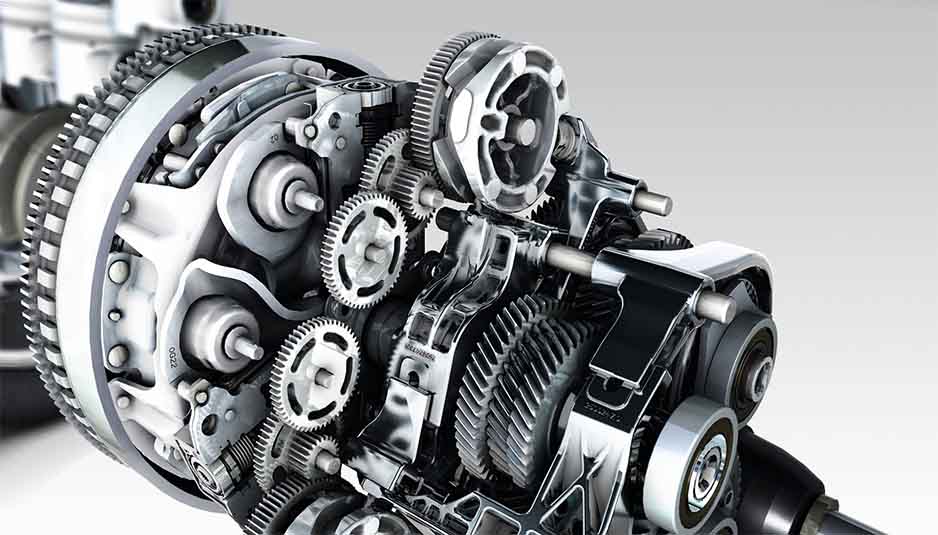Automatic transmission: strengths and weaknesses
The transmission allows the transfer of the torque delivered by the engine to the wheels, according to the conditions required of power, speed and acceleration. The lower gears confer greater acceleration, and a lower speed, as opposed to the high ones that are used in situations of higher speeds.

renault.it
The transmission allows the transfer of the torque delivered by the engine to the wheels, according to the conditions required of power, speed and acceleration. The lower gears confer greater acceleration, and a lower speed, as opposed to the high ones that are used in situations of higher speeds.
Schematically, the gearbox consists of 3 shafts (more that of the reverse gear) and other gears: the primary shaft directly receives the torque from the clutch, the secondary it is connected with the drive shaft or to the differential and the auxiliary, which allows a link between the two shafts and then between the engine and the wheels.
When the transmission is in “neutral” the gears of the primary aren’t connected to the secondary, whereas the gear is engaged these gears meshing with the secondary and allow the transmission of torque to the wheels. The automatic transmission unlike the traditional one, guarantees the automatic variation of the transmission ratio. An automatic “well designed” transmission, improves performance, reduces fuel consumption and gear changes, selecting the right gear, optimize the transmission efficiency and also allows an increase in comfort and driving pleasure.
We analyze the various types of automatic transmission:
Robotic:
wroar.netIt consists of a conventional transmission, a control unit which selects the optimal number of revolutions (for the shift) and a servo-mechanism which chooses the right gear. You can use the manual (through the paddle on the steering wheel) or automatic setting . Generally it is the type of transmission with lower fuel consumption and higher efficiency but with poor driving fluidity. It’s often mounted on sports vehicles (for high efficiency) and small cars for low consumption.
With a double clutch:
wroar.netPresents two clutches, each converted to a series of gears (one odd and even the other). Inserting a gear, the other clutch is preparing to insert the next gear, improving on the previous transmission, the smoother ride. It implies a low consumption but a not very high transmittable torque.
With hydraulic converter:
cambiautomaticiitalia.itIt uses a hydraulic converter (replacing the clutch of the traditional trasnsmission) that connects the engine and transmission through a fluid, thus achieving two important functions: to middle-high rpm and with the growth of the fluid forces, it allows the transfer of torque between the engine and transmission; decreasing rpm, allows the engine to not stop even with the stationary vehicle. In vehicles with this type of automatic transmission it’s provided a parking function which mechanically locks the transmission. It’s characterized by high consumption, especially in older models. At the same time it allows high workability of use, not present in the other models (except in CVT).
With variable or CVT:
gommeblog.itIt usee pulleys and belts, don’t present real gears ratio, but they depend on how you move the belt on the pulleys. It’s often used on scooters and is characterized by an excellent fluidity of movement with the greatest possible comfort, even if consumption is on average higher than a manual gearbox.
